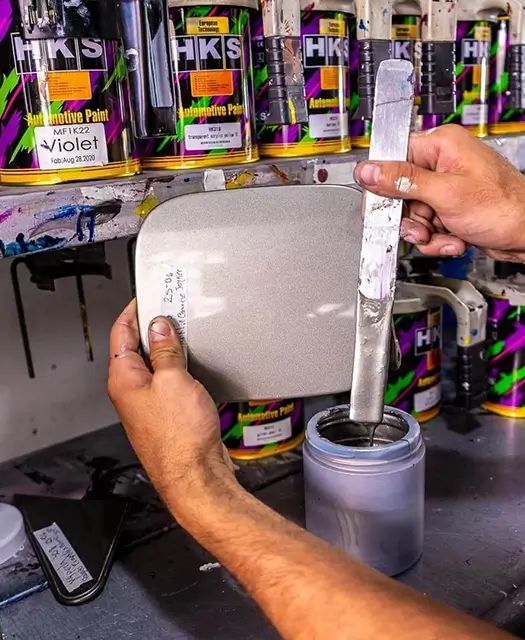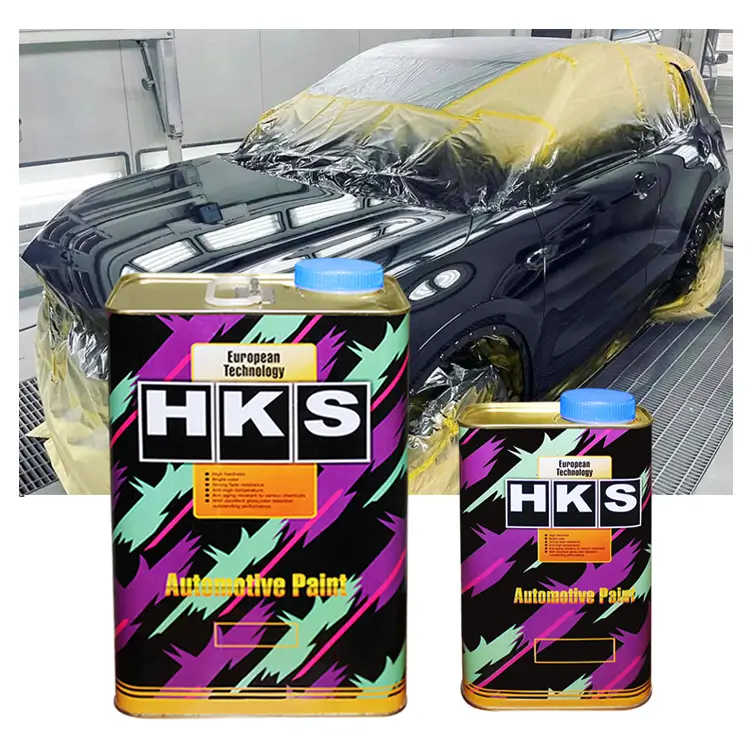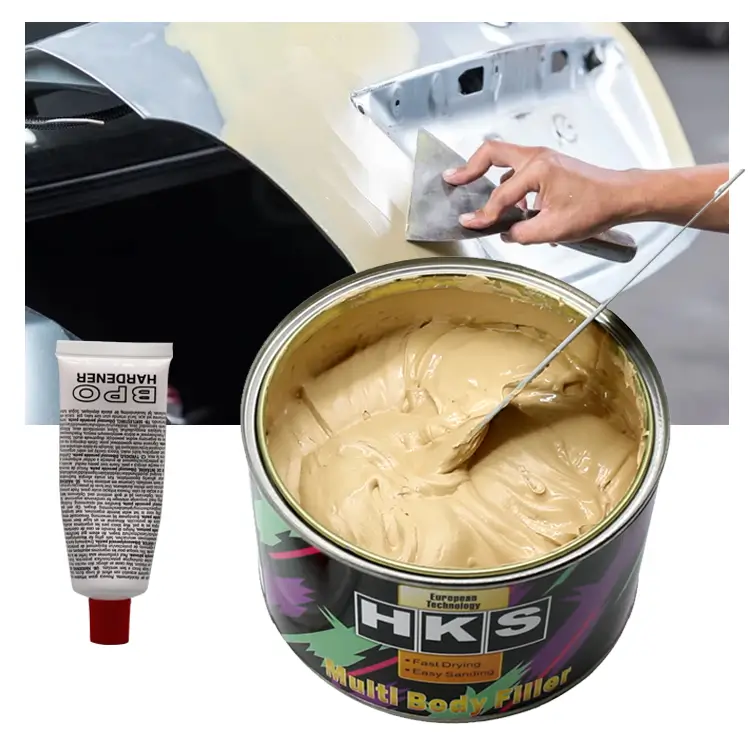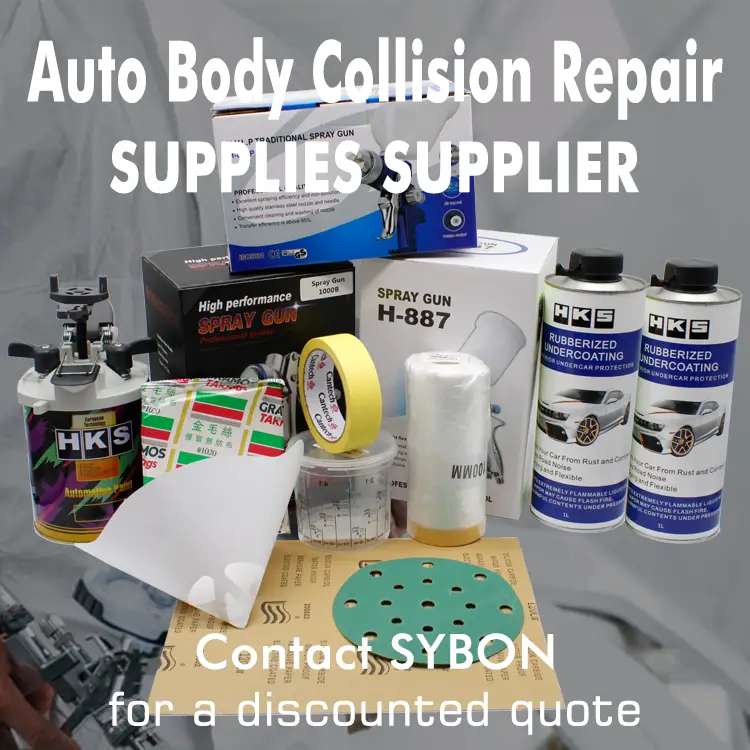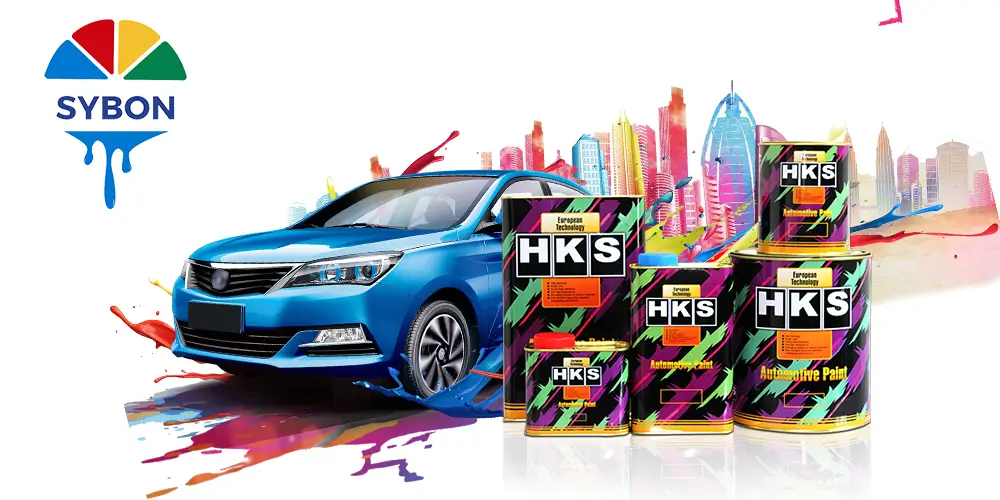Automotive Finishes
Embrace the magic of our time machine as SYBON, a true pioneer in automotive paint manufacturing, invites you on an enthralling odyssey through the intricate annals of automotive finish evolution. From the rudimentary days of shellac coatings to the unparalleled innovations of the present day, prepare to embark on a comprehensive exploration of the multifaceted world that has shaped the art and science of automotive aesthetics.
The Birth of Beauty and Protection
Journey back to the dawn of the 1910s, a period when automobiles were forging new paths of mobility. In this nascent era, body shops emerged to protect these mechanical marvels from the elements. Shellac, derived from the resin secretions of lac insects found on tree branches, became the chosen armor. While effective in providing a modicum of protection, the shellac coatings were painstakingly labor-intensive and prone to degradation under the relentless assault of UV rays. This marked the embryonic stage of automotive finishes, as the quest for more durable and visually appealing solutions began.
The Roaring 1920s - The Dawn of Nitrocellulose Lacquer
As the 1920s roared into view, a transformative leap occurred in the realm of automotive finishes with the emergence of nitrocellulose lacquer. A testament to human ingenuity, this lacquer was a result of the intertwined history of explosives manufacturing for World War I and the world of early motion pictures. Its rapid drying properties and a spectrum of vibrant colors beyond the realm of black ignited a revolution. Yet, this groundbreaking chemistry necessitated an innovative application method – spraying. Dr. DeVilbiss' creation of the spray gun heralded a new era, forever altering the manner in which finishes adorned vehicles.
Lacquer vs. Enamel - The Duel of Drying Techniques
Within the domain of solvent-based paints, two distinct contenders arose: lacquer and enamel. Lacquer, characterized by its solvent-evaporation-induced drying, offered swift transformation. On the other hand, enamel resins embarked on a multifaceted journey of drying, involving solvent evaporation and subsequent resin oxidation. However, the narrative evolved with the introduction of urethane enamel resins, ushering in a novel three-stage curing process that defied convention, offering enhanced longevity and resilience.
The Rise of Alkyd Enamels and the Genesis of Enclosed Paint Booths
The transition to the 1930s witnessed the ascendancy of alkyd enamels, born from the essence of natural plant sources. These enamels embraced a deliberate pace of drying, resulting in a lustrous finish. Yet, challenges emerged as dust and dirt found affinity with the leisurely drying paint film. This predicament gave birth to enclosed paint booths, birthing an era of controlled and pristine environments. Reflectents made their debut, gracing high-end automobiles with a glistening allure that mesmerized onlookers.
Acrylic Lacquers - A Shimmering Horizon
The 1950s heralded the advent of acrylic lacquers, harnessed from meticulously formulated lab-created resins. This breakthrough, rooted in the realm of plastics, yielded finishes that not only exhibited durability but also showcased unprecedented manageability. Reflective flakes added an iridescent opulence, laying the foundation for a resplendent automotive panorama.
Polyurethane Enamels - A Choreography of Chemistry
The late 1960s emerged with the introduction of polyurethane enamels, a symphonic fusion of resins that championed durability and adaptability. This intricate ensemble of resins embarked on a meticulously orchestrated three-stage drying process, unraveling remarkable resistance and unparalleled flexibility. The polyurethane palette catered to diverse needs, from fleets to airplane paints, boasting resilience against extreme temperature fluctuations.
The Triumph of Basecoat/Clearcoat Finishes
Fast-forwarding to the 1980s, a game-changing innovation captured the industry's imagination: basecoat/clearcoat finishes. Despite the dual application process, these finishes stood as paragons of enduring resilience. A paradigm shift in application methods granted artists an enhanced degree of mastery over the final aesthetic, ushering in a wave of creativity and sophistication.
Waterborne Paints - The Epoch of Sustainability
The early 1990s bore witness to a watershed moment with the advent of waterborne automotive paints. Foreseeing the tightening grip of air quality regulations, these paints emerged as beacons of sustainability, marked by substantially reduced VOC levels. Their dispersion in water and subsequent coalescence bore testament to a departure from conventional solvents, underscoring a global commitment to environmental responsibility.
Conclusion: A Glimpse into an Ever-Evolving Future
As our time machine voyage concludes, we stand at the crossroads of an awe-inspiring history. From the humble shellac coatings of yore to the eco-conscious waterborne paints of today, SYBON remains an unwavering trailblazer, guiding the trajectory of automotive finishes. As the horizon beckons with the promise of unfathomed innovation, one truth remains resolute: SYBON's unwavering commitment to pushing boundaries will continue to shape the vibrant canvas of automotive aesthetics, harmoniously melding tradition with the avant-garde.
Source of this article:https://www.supersybon.com
Get to know us through more channels:

